Traditional Clothes of African Content
Africa is full of varieties of languages, religions, ethnic groups. The outstanding visual aspects of African traditional clothes are bright in colors, geometric & abstract motifs on woven and dyed fabrics. Their elaborately braided and beaded hairstyles and headwear are uniquely characteristic.
Nigeria
Nigeria is Africa’s populous country. Its status from a colony to an independent republic has reflected the combination of native styles with its adoption of western styles of dresses. The main Nigerian traditional cloth is Kaftan, both for men and women. Kaftan is a loose, ankle-length garment found in bright colors like red, green, blue, yellow. Nigerian designs are unique and differentiated from the other countries in the African continent. They always mix and match opposite colors together. Large motifs are placed on multi-colored stripes, geometrical patterns are placed on their floral printed clothes. The fabrics of their clothes are silk, polyester, brocade even cotton, etc.
Among many tribes in Nigeria, let’s talk about Yoruba tribes living in South-West Nigeria. Yoruba make both hand-knitted and handcrafted fabrics. The Kente fabric is the weave of Ashante who are native to the Ashanti region of modern Ghana. The Kente is derived from the word Kenten which means basket. The first weavers used Raffia fiber to weave a narrow strip of fabric in a basket-like pattern referred to as Kenten Ntoma meaning Basket-Clothes. The Kente is knitted on hand-operated looms and worn in Ghana. It represents their histories, Philosophy, socio-culture, religion, and literature. The Yoruba tradition is of making Adire fabric, using indigo resist dyeing on cotton. Adire means – tie and dye.
Buba is a loose-fitting flowing shirt with wide sleeves, and Sokoto is a loose-pant worn by men and women (Shown in the above picture). A piece of cloth that’s wrapped around the waist is then knotted to look like a draped skirt called Iro. Around the head, there is a narrow band of handwoven cloth wrapped around called Gele. A stole that’s draped over the shoulders, called Ipele. Ipele must match the Gele fabric. (As shown in the picture).
Agbada is a formal-traditional garment as shown in the above picture. It contains a voluminous kaftan style robe worn like an open-front jacket with a pocket on the left side. The cap is called Fila.
Ethiopia
The weather in Ethiopia ranges from hot and dry to cold wet. As well as the clothing of Ethiopia also reflects the climate. Everyday street clothing reflects a mix of native African clothes, western fashion, and Indian clothes. The traditional clothes must be worn on special occasions. Due to the hot climate white is a popular color when it comes to clothing. Knitting is the main textile industry where women prepare cotton yarn and men knit. The traditional cloth of Ethiopia has three parts. A dress called Kamis (Shown in the above picture), a Sash is worn around the waist called Meknat, and Netela is worn around the neck or head which is a cloak. These clothes are usually made of cotton. Ethiopian men wear long shirts with white collars, knee-high socks with shawls.
Here are some more interesting topics!
- ORIGIN AND FUNCTION OF CLOTHING
- TRADITIONAL CLOTHES OF INDIA
- TRADITIONAL CLOTHES OF ASIA
- TRADITIONAL CLOTHES OF EUROPE
- TRADITIONAL CLOTHES OF AMERICA
- TRADITIONAL CLOTHES OF OCEANIA
I hope you liked it, please leave a comment (❁´◡`❁)

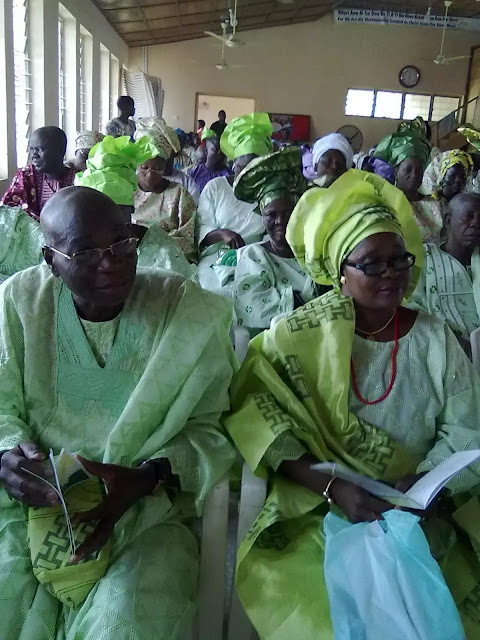
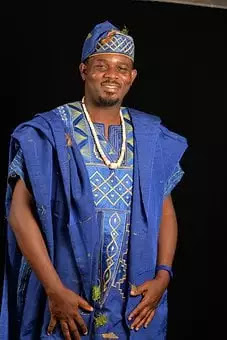
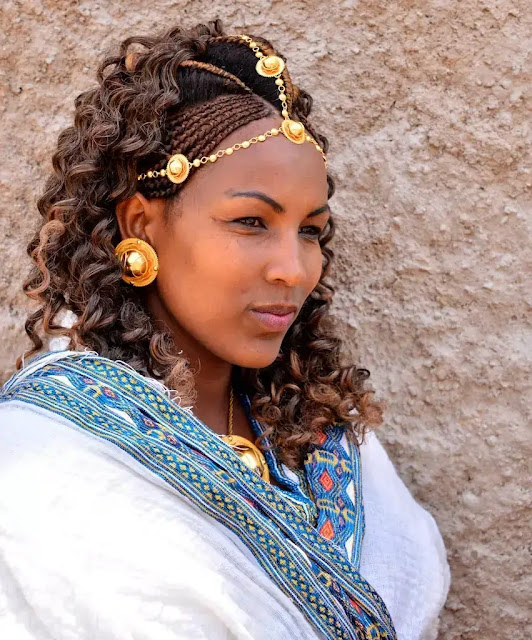
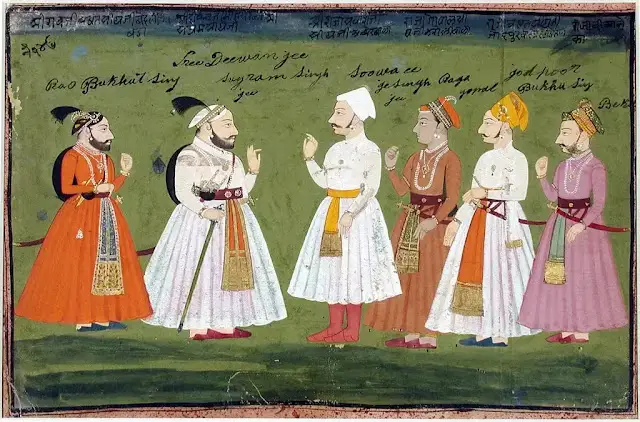
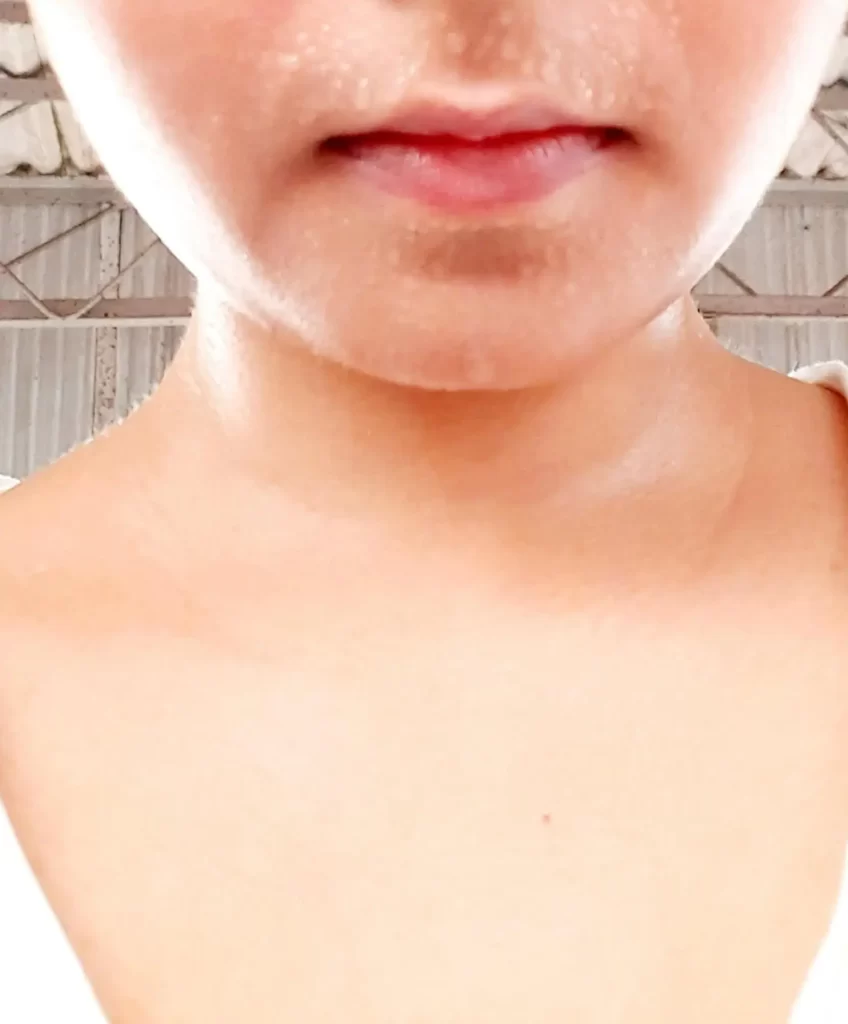
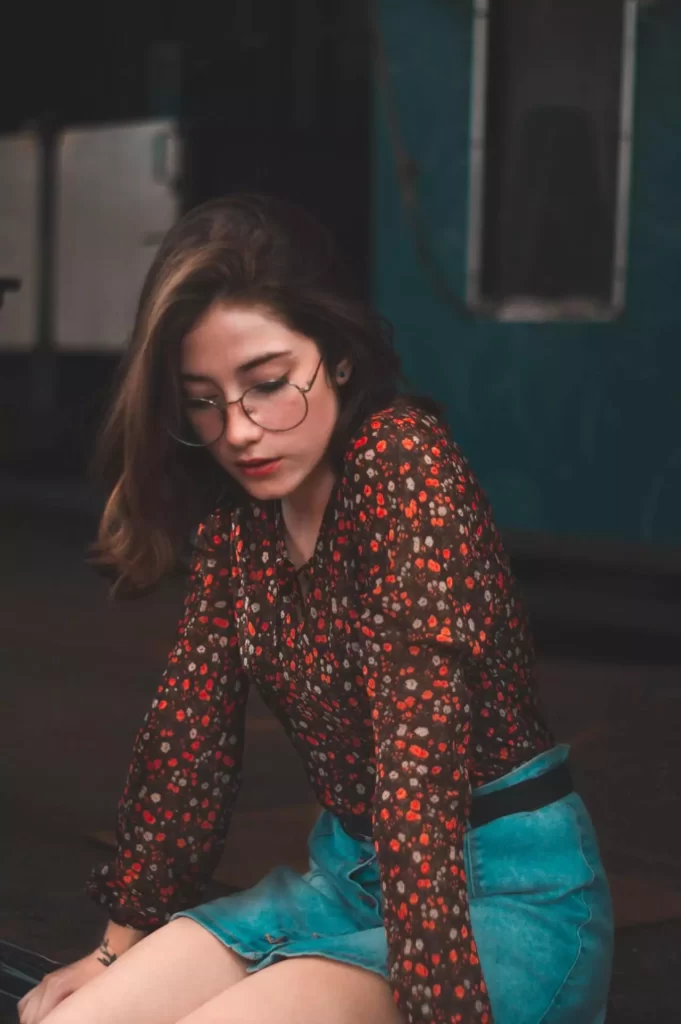
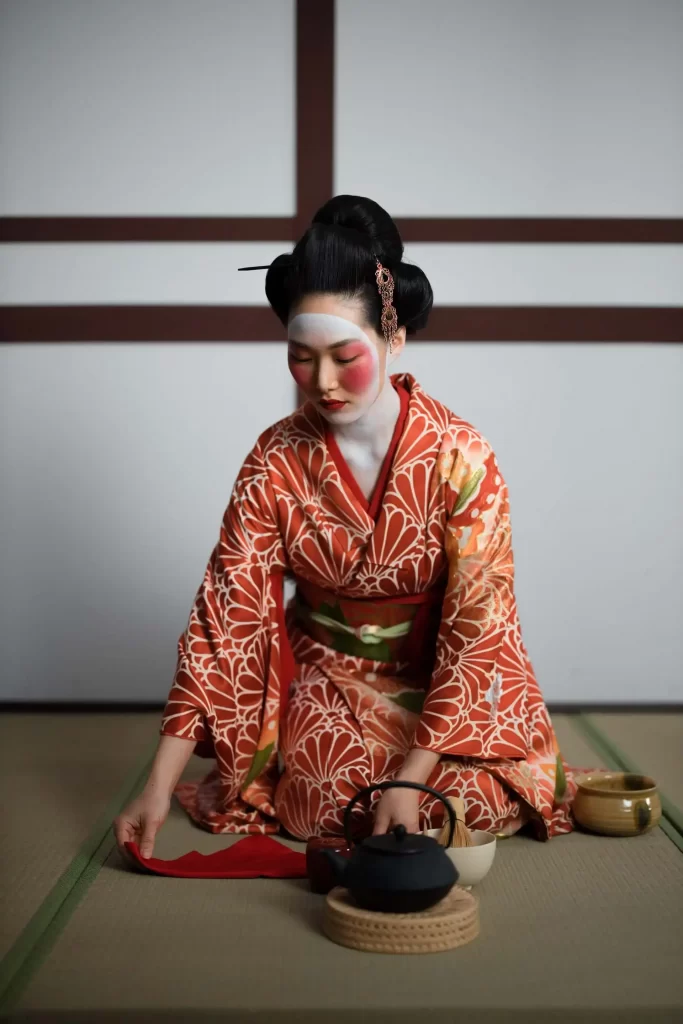

2 Comments. Leave new
This is short (I an not saying it was bad) Make for other African countries.
Sure. 👍🏻